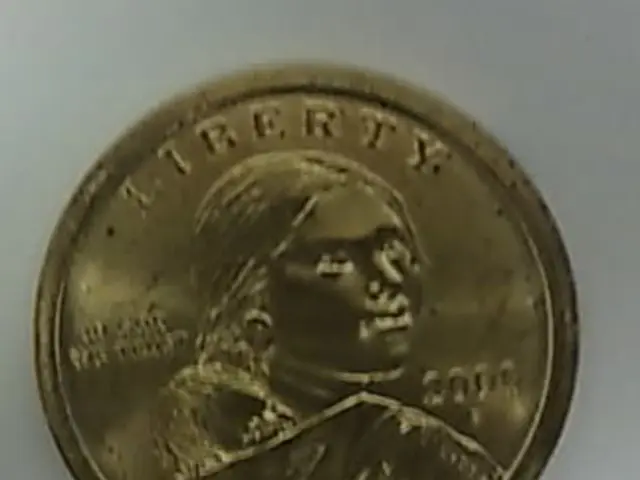Potential Policy Shift with Trump's Revamped Cryptocurrency Team: What's in Store?
January 21st, 2025, saw a seismic shift in crypto regulation with the U.S. Securities and Exchange Commission (SEC) unveiling a fresh initiative. Under the visionary leadership of Acting Chair Mark Uyeda and Commissioner Hester Peirce, the SEC announced a task force charged with crafting a regulatory framework for crypto assets. This move, made just a day into President Trump's second term, marked a significant departure from previous policies that relied heavily on enforcement actions and limited crypto-specific regulation.
Revolutionizing Regulation
The SEC's task force represented a significant pivot from its historically enforcement-focused oversight. Its core objectives included:
- Creating seamless registration pathways for crypto assets.
- Designing commonsense disclosure frameworks.
- Establishing criteria for determining when crypto tokens qualify as securities.
- Managing enforcement resources responsibly.
In this new endeavor, public engagement emerged as a cornerstone. The SEC planned to hold public hearings, engage with investors, industry participants, academics, and regulatory bodies like the Commodity Futures Trading Commission (CFTC). Commissioner Peirce emphasized this approach, stating that active interactions would foster constructive dialogue.
Embracing Innovation and Collaboration
The SEC's shift towards more inclusive regulation promised to ease long-standing tensions between regulators and the crypto industry. For years, the sector had grappled with a lack of guidance, limiting institutional participation and keeping market participants susceptible to inconsistent enforcement.
Clearer registration processes and transparent disclosure frameworks could create an environment where businesses felt empowered to operate with confidence while safeguarding investors. This approach mirrors the MiCA Regulation in the European Union, promoting a balanced regulatory policy that fosters innovation while maintaining investor protection.
Industry Response and Enforcement Considerations
The crypto market responded enthusiastically to this regulatory overhaul, with Bitcoin surging 3.3% to $107,268.27 upon announcement. Backers such as Kraken and Coinbase praised the initiative for signaling the end of "regulation by enforcement." Kraken's Global Head of Policy, Jonathan Jachym, hailed it as a "meaningful first step toward real policy solutions."
While the formation of the SEC's task force held promise, the potential for conflicts of interest remained a concern. Critics raised questions about the timing of the announcement, which coincided with the launch of the $TRUMP token. The token's extreme volatility, concentrated ownership, and plans to quadruple its supply prompted further discussion on market integrity. Furthermore, behind-the-scenes meetings between administration officials and major Bitcoin miners raised concerns about information asymmetry.
The Future of Crypto Regulation
The Trump administration's crypto-friendly stance signaled a potential transformation in the regulatory landscape, reshaping how the industry operates. The SEC's task force aimed to combat regulatory challenges by providing clarity, fostering collaboration, and reducing enforcement-led oversight. However, addressing industry insiders' influence and safeguarding investor protections was crucial.
The outcome of this initiative would impact not just crypto market participants, but broader questions about financial innovation, regulatory independence, and investor trust in the digital age. The world would watch eagerly as the U.S. shaped this new regulatory framework.
Enrichment Insights:
- The SEC aims to establish clearer regulations and guidance for crypto innovators, providing a judicious enforcement approach for digital assets.
- The task force is committed to designing a practical and achievable registration process for crypto as securities, reducing legal uncertainty in the industry.
- Commissioner Hester Peirce, often nicknamed "Crypto Mom," shares leadership of the task force, aligning with a push to support both crypto innovation and federal securities law compliance.
- The broader federal government posture regarding digital assets is also shifting, with President Trump's executive order and the creation of a Working Group on Digital Assets.
The SEC's new initiative involves digital asset regulation, with the task force focusing on creating seamless registration pathways for these assets. This shift towards more inclusive regulation is expected to revolutionize the way digital assets are regulated, providing clarity and reducing legal uncertainty.
In their pursuit of fostering innovation and collaboration, the SEC plans to design commonsense disclosure frameworks for digital assets, establishing criteria for determining when crypto tokens qualify as securities. This approach mirrors the MiCA Regulation in the European Union, promoting a balanced policy that encourages innovation while maintaining investor protection.






